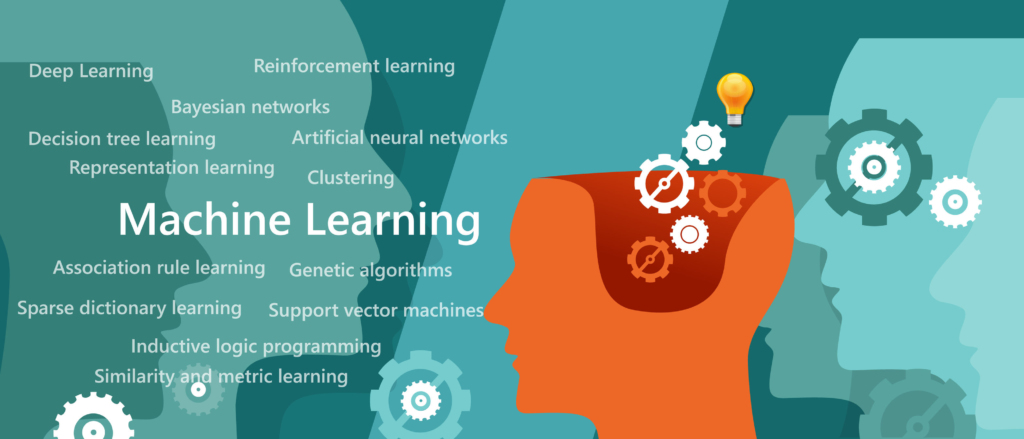In recent years, artificial intelligence (AI) has been back to people’s eyes, and machine learning (ML) is one of the key technology in AI. However, the ML’s achievement is striking. In 2017, the AlphaGo, a computer program developed by Google Deepmind that practice itself by applying machine learning, beat Ke Jie, the world No.1 ranked Go player. This advanced technology shocked amount of people in various industries. Will jobs be replaced by machine learning? Some people may consider the design works may not be replaced by ML, such as user experience (UX) design. I doubt that machine learning (ML) will totally replace UX designers’ works in next several years, and currently, there is still a deep gap for applying ML into UX design.
ML’s Limited Consideration
ML has quite different models of analyzing data or figuring problems, and the outcomes are normally inaccurate comparing with the UX designers’ work. ML deeply relies on databases and quantitative analysis when it deals with a design case, which has obvious defects, such as the limited information, rigid decision; UX designers to complete the design work are dependent on multiple consideration and qualitative analysis, which is more comprehensive in multiple situations.

For example, Yang and her team designed a clinical decision support case, which is for matching the heart organ for the patient who has heart diseases. This is a professional UX design project that requires the designers to dig deeply into the heart organ databases and build an appropriate application on digital instruments to help the doctors decide the surgery proposal. Although ML worked well in the lab, not in the reality, the clinicians did not accept the results of ML because they think they can make the clinical decisions based on their own experience.

Huge Work Needing to fulfill ML
Even if ML may achieve some tasks that UX designer cannot do, such as quickly create a number of similar posters in a short time, the time for attaining the state that UX designers being totally replaced by ML maybe longer than we think. ML has a possible advantage in some branches because of its characteristics but needs huge amount work to prepare for it.
Yang brought a label system for improving the interface design, which she adds a label for each part of the interface, such as the web content, button, navigation bar. After collecting the user data of complete ting a task, the ML can help the designer to analyze the results and judge which interface is better based on the rules set by designers. However, the label system is so hard to complete to finish this test. There are too many items need to be labeled, which cost huge fee. (Yang, 2017). So there still a lot of work needed to be done in the future to save money and improve the results’ accurate. Even though the researchers built the better ML system, it still has errors and the uncertainty. The results of the previous test may be influenced by tiny mistake during the test process (Yang, 2017).

UX Designers are Lack of ML Education
It is positive to admit that ML has a broad and deep application area in the future, but some of the anticipation is short of strong support. A lot of ideas are mainly based on designer’s general thoughts or daydreams without accurate deep realizations to ML. Only bring forward some new concept for cooperating with AI which is lack of the application details. When Dove and his team do the survey to more than 50 designers, most of them write down fancy imagination of ML applying UX (Dove 313), or some designers write his own imagination that ML can create multiple projects for a suit of interfaces which can change with time (John). But they mainly ignore the details and did not explain the mechanics. UX designers realize the ML’s importance and try to combine the design work with ML concept. However, the lack of AI-related knowledge makes their thoughts or ideas look naïve.
Current UX designers normally lack the ML Education. Dove’s survey results showed that seldom UX designers accepted the ML education before (Dove 314). The current UX designers seldom know the ML technology details, and the new generation UX designers don’t have enough education for ML, which may slow the speed of exploration of applying ML in UX.
